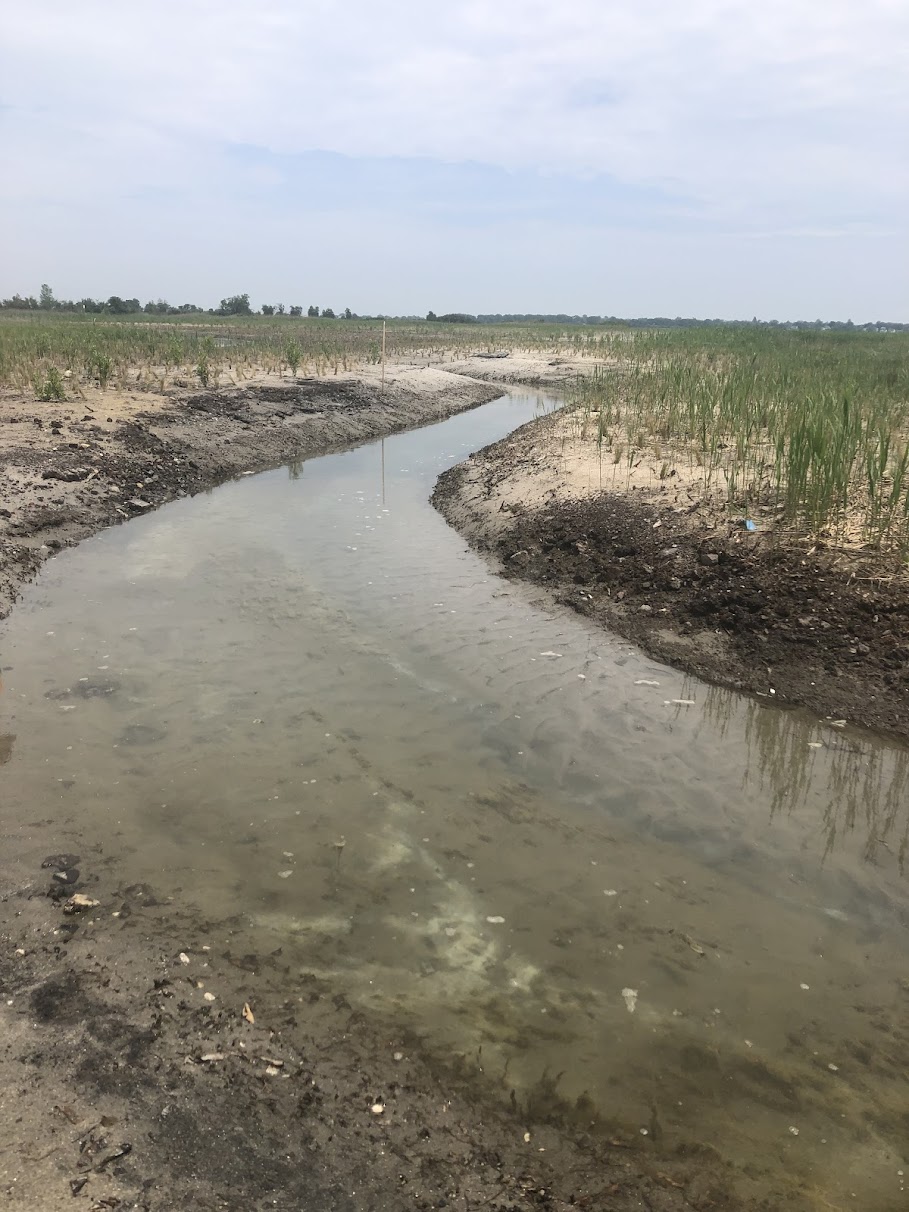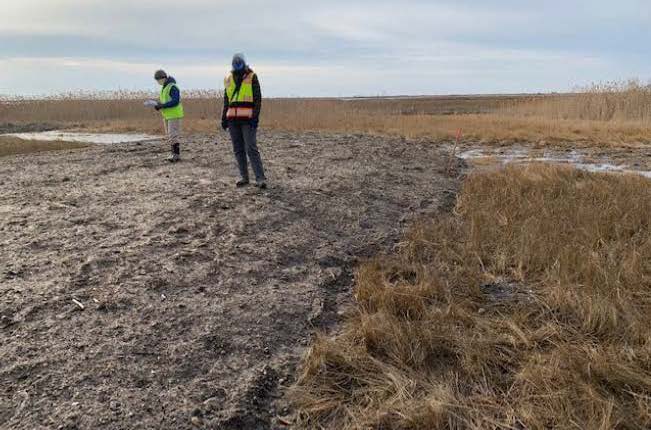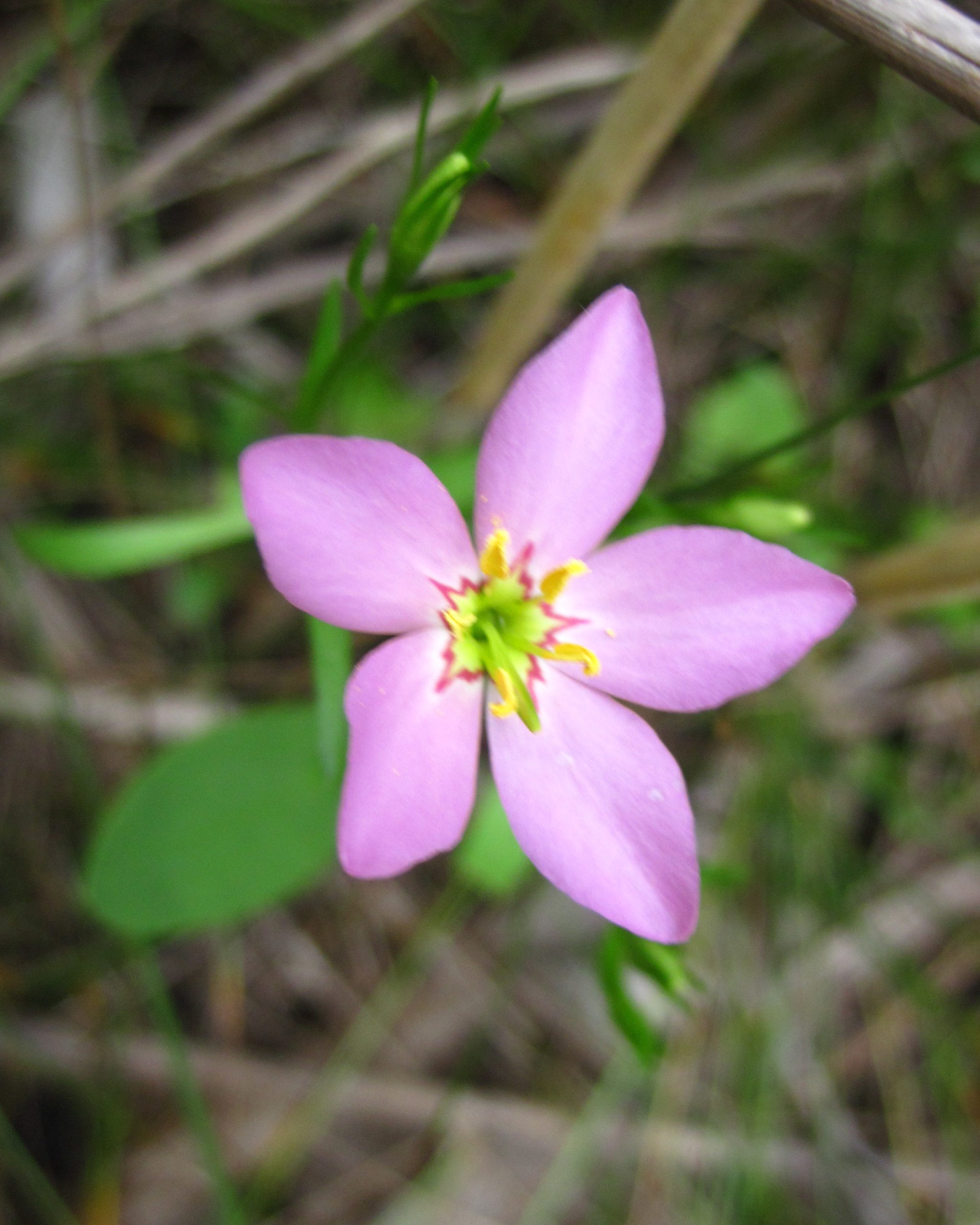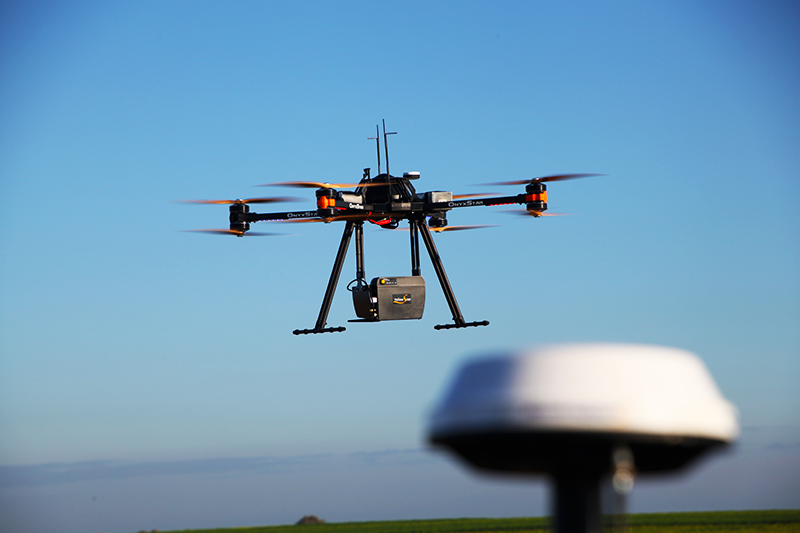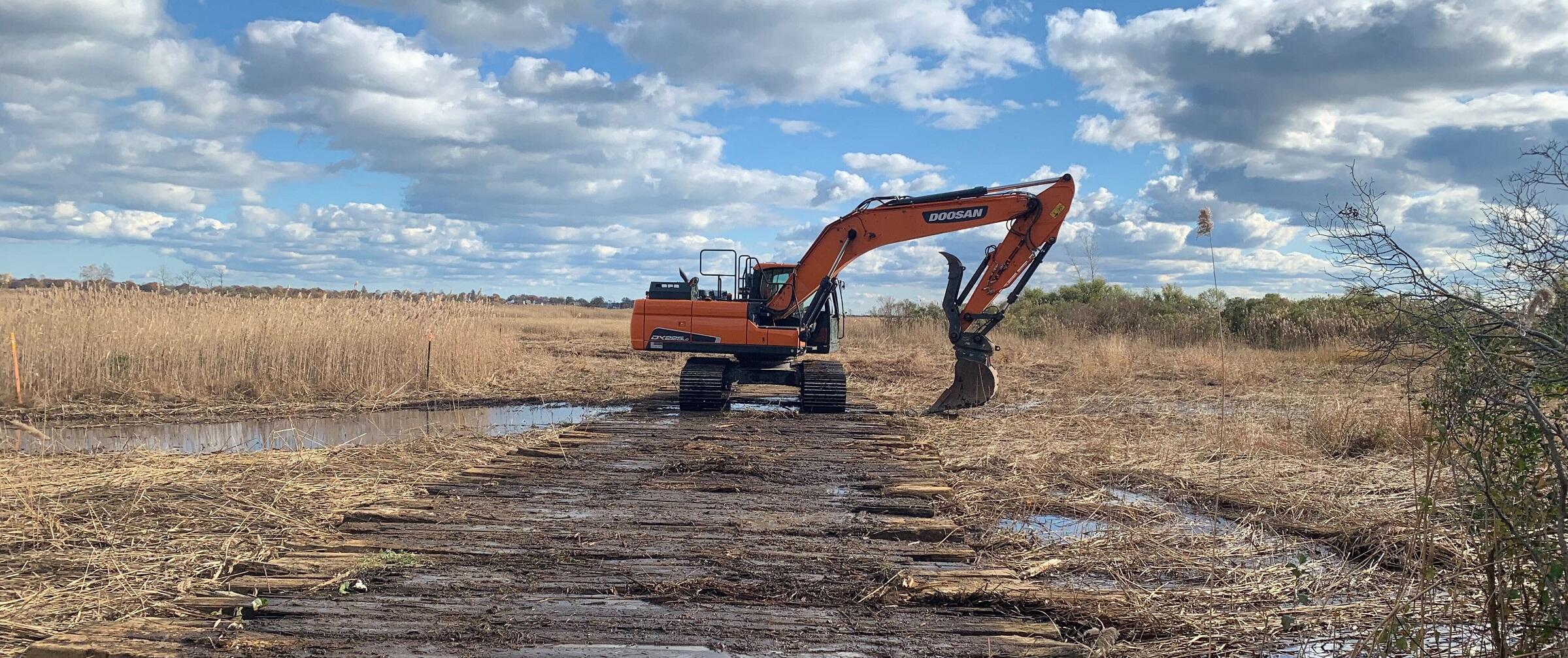Great Meadows Marsh shows promising signs after undergoing 33-acre restoration project
Renovations include improved community access, 33 acres of restored tidal marsh, and experimental hummocks for saltmarsh sparrow nesting
By Cheyenne Ellis

In March, after six long months filled with the whirring of heavy machinery, researchers stepped into the newly-restored Great Meadows Marsh unsure of what to expect. They had hopes that vulnerable shorebirds—like the saltmarsh sparrow— had not been scared off during the extensive construction process. As they peered around the marsh, signs of life slowly began to appear. An osprey was nesting on a nearby telephone pole. Plovers and sandpipers continued to explore their new landscape. Then at last, they found what they were searching for: the saltmarsh sparrow. A male sparrow was spotted in some of the existing marsh grass, and other sightings soon followed. To date, almost two dozen saltmarsh sparrows have been recorded in the post-construction marsh, a promising sign that Great Meadows is on its way to becoming a fully-functioning marsh once again.
Great Meadows Marsh, a tidal marsh in Stratford and Bridgeport, CT, has lost around 50 percent of its initial acreage over the past century due to habitat destruction and sea level rise; even so, the remaining 700 acres make up one of Connecticut’s largest saltmarsh ecosystems.
For decades, the marsh was functioning improperly due to fill brought in from the nearby Bridgeport Harbor in the 1950s, which changed the elevation levels of the marsh. The fill caused the site to be overtaken by invasive plants like phragmite (Phragmites australis) and created drainage issues which resulted in mosquito infestations that made the marsh almost inhabitable to local visitors. Similarly, wildlife was struggling as rare upland habitats continued to disappear.
Because of the extensive number of diverse habitats and vulnerable flora and fauna (including the marsh pink wildflower and diamondback terrapin), many organizations across Connecticut came together to plan and execute a $4 million restoration project aimed at restoring 33 of the 700 total acres of salt marsh. The project officially broke ground on Nov. 1, 2021.
Over the course of the project, Long Island Sound Study (LISS) has provided over $2.5 million dollars to fund the planning, construction, and oversight needed to get the project underway. LISS will also provide an additional $250,000 to support the continuing restoration work and marsh plantings that are scheduled for spring 2023. The project also received funding from other organizations throughout Connecticut, as well as the payouts from three different pollution court cases.
Construction begins at Great Meadows
Long before the first construction vehicle began removing fill from the marsh, planning had been underway for well over two years. In 2020, drones with LiDAR (Light Detecting and Ranging) capabilities used lasers to capture and record ground elevation levels. Soil conditions were also investigated to check for the presence of sulfates—fortunately, none were found.
As planning wrapped up, construction officially began in late fall. The first step of the process was removing the top six inches of fill that had been brought in from off-site. The soil was piled up before eventually being sent to a quarry remediation project in Pennsylvania. New soil, which had been carefully evaluated prior to use, was brought in from a local landscaping company. This soil was redistributed to match prior elevation levels and the needs of the salt marsh. The movement of soils continued until early March—in total, over 9,000 tons of soil were handled during the process.
In January of this year, a 15-foot-wide tidal channel was created to help with drainage issues at the site. Without a channel, freshwater pooled and created a mosquito breeding ground which made the site almost inaccessible. The channel allows saltwater to enter during high tide, which is also an effective strategy for reducing both mosquitoes and non-native plants. Nearby, steep slopes near important diamondback terrapin nesting areas were lowered to improve breeding outcomes.
Experimental hummocks (large mounds of dirt) were constructed in February with the aim of improving saltmarsh sparrow nesting efforts. Each breeding season, saltmarsh sparrows are in a race against time: they must build nests, lay and incubate eggs, and raise the chicks within the span of a single moon cycle. With sea level rise, this task has proven to be increasingly difficult every year. The hope of these raised hummocks is to provide the birds with a slightly elevated nesting area that can withstand the monthly full moon high-tide that would typically wash the nests out. Preliminary results on whether these hummocks are successful are expected within the next few years.
The final stage of restoration is the planting phase which is divided into two parts: one held this spring and another to be held in spring 2023. In total, around 135,000 plants of over seven varieties have been planted at the site so far. In addition, in early July, over 3,000 marsh pink seedlings were planted and an additional 50,000 plants are expected in 2023. Part of the process also includes removing existing phragmite roots and clearing debris from the planting locations. Much of this planting only occurred thanks to an extensive network of volunteers and local students.
Healthy Marsh, Healthy Community
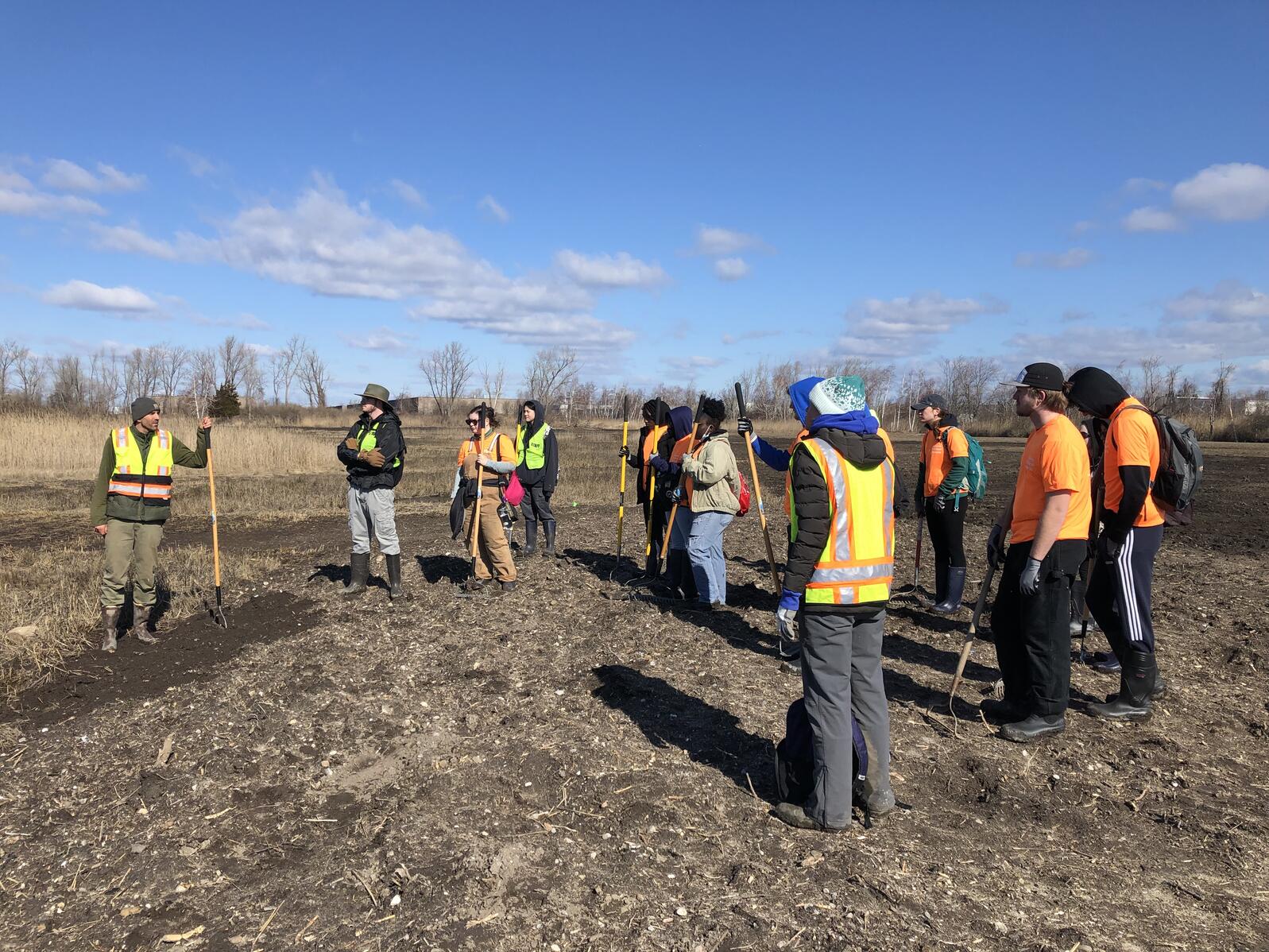
An overarching goal of this restoration plan has been to increase community interest in the salt marsh, as well as to improve public health. The Town of Stratford has historically lacked resources to fully take advantage of the Long Island Sound. The Great Meadows restoration plan accounted for this by reopening a trail that had been closed for several years and installing two new ADA-accessible viewing platforms, which can be used for anything from bird watching to school field trips.
Project managers are also committed to connecting local students to the marsh. The two high schools in Stratford (Stratford and Bunnell) both have high percentages of students living at or near poverty levels, with over 65 percent of students identifying as one or more racial/ethnic minority groups.
As part of a project to increase diversity amongst future conservation professionals, the Long Island Sound Futures Fund contributed $59,742 to creating 12 Salt Marsh Steward positions for local youth from the Stratford and Bunnell High Schools. Most volunteer-based conservation internships are inaccessible to low-income students, creating barriers in the job market down the line. The steward positions offered a paid opportunity for these students to gain first-hand experience in wetland restoration, and for many of whom it was also their first job.
Of the many tasks these stewards completed, they were primarily responsible for assisting in planting efforts throughout the spring. They also helped remove invasive plants and clear the marsh of any debris incurred from the construction process. In between tasks, the stewards had time to learn more about the plant and bird populations at Great Meadows, preparing them for future work and studies in the field of ecology.
That is not the only opportunity for students at Great Meadows. Graduate student Frank Gigliotti and others from the University of Connecticut (UConn) have also been using the site to conduct various research projects about plant growth and bird usage of hummock areas. Project managers have been hoping that this will inspire other local graduate students to consider doing research at the marsh, as they have a list of potential projects much more numerous than the number of individuals available to conduct them.
Prior to restoration, the marsh was also inaccessible because of the massive amounts of mosquitoes that inhabited the marsh. The bug problem also created a larger public health issue because of the potential for these insects to carry diseases like West Nile virus. The project to improve drainage issues is already showing signs of improvement on that front.
“In the past, Great Meadows has had by far the most mosquitoes of any marsh I have been to in Connecticut,” said Gigliotti, who has been working on-site since the spring. “I’ve hardly noticed any mosquitoes [in June] and we’ve been sampling there twice a week.”
Continuing Restoration: The Future of Great Meadows Marsh
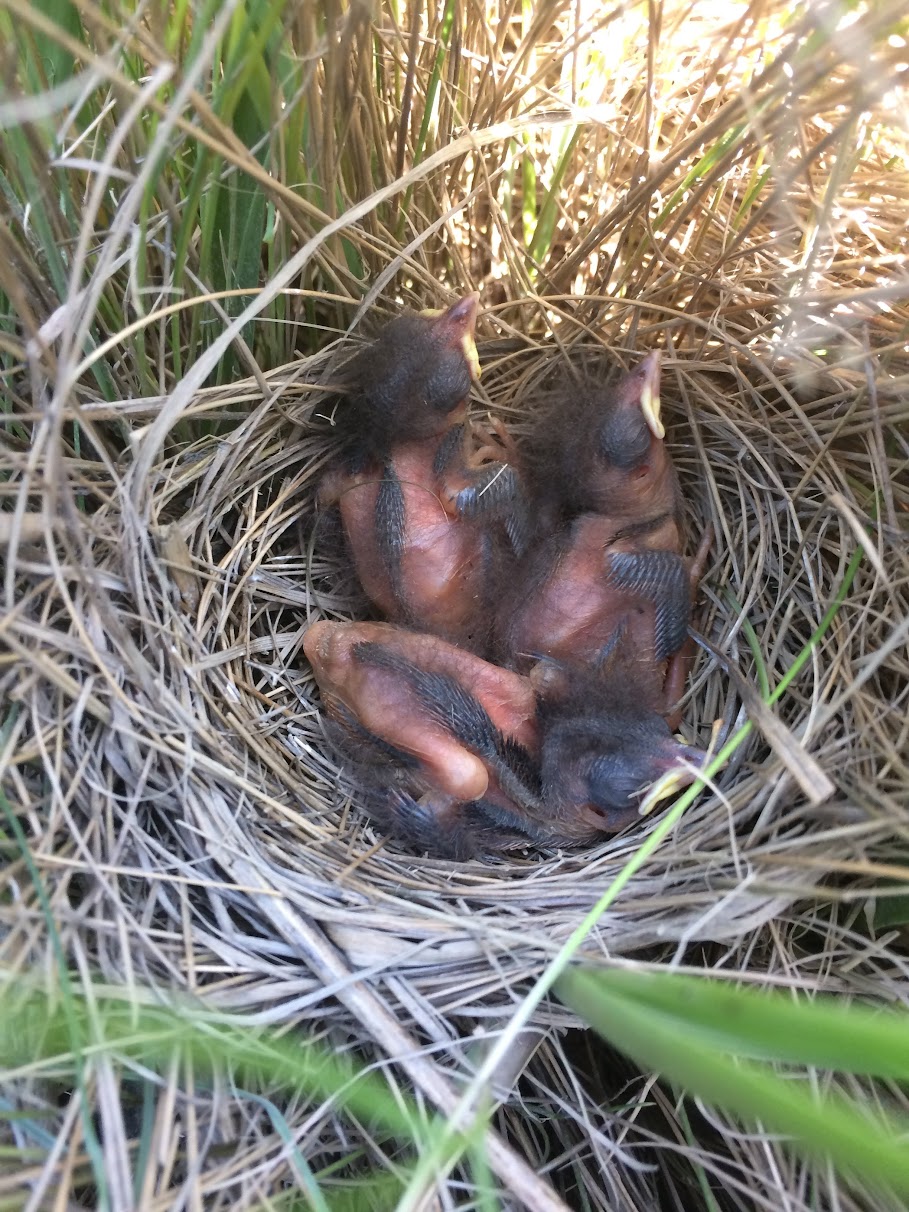
Though the crew has worked tirelessly over the past few years to get the project in motion, restoration work is not yet complete. The project was recently approved to create an additional six acres of salt marsh just upland of the original site. The process will be largely the same for this stretch of salt marsh, beginning with soil removal and ending with the planting of native species. The work is expected to begin in fall of 2022 and will continue until the spring. Invasive species management is also expected to continue at the site for the foreseeable future. Other improperly functioning areas at Great Meadows, outside of the restored 33-acres, will continue to be monitored for potential restoration work.
A transformation will not be immediate at Great Meadows; it will take about two to three years for the marsh to fully recover from the construction process, and only then can the marsh be evaluated to see if these restoration efforts were successful or not. Accessibility changes, however, will be immediate. By late summer, the site should be open for viewing and the community is encouraged to observe the marsh as it begins to regrow.
Even early in the process, Great Meadows is already showing signs of improvement. Both the diamondback terrapin and the saltmarsh sparrow have been sighted, as well as an abundance of other wildlife, despite the long period of construction. The new channel appears to be functioning well and the mosquito issue is noticeably improved. The young seedlings appear to be holding up, as well.
One sighting that was disheartening, but not altogether surprising, for project managers was the reappearance of phragmite in some of the newly renovated areas. Though phragmite roots were removed, the plant can resprout from small fragments left in the soil, making it an extremely difficult species to eradicate. Further management strategies are expected to keep the current colonies at bay. Suzanne Paton, Supervisory Fish and Wildlife Biologist for the US Fish and Wildlife Service, noted that while its reappearance is disappointing, it is not at all a sign of failure.
“I would gladly take more high marsh, at the expense of having a little phragmite,” said Paton. “Phragmite is not going anywhere—these are the marshes of the future.”
